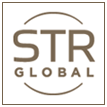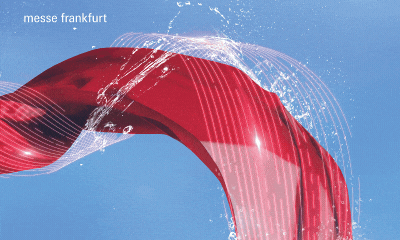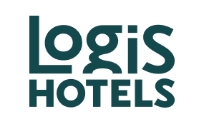 |
U.S. regional performance recap of 2008
|
Catégorie : Amérique du Nord et Antilles - Économie du secteur
- Chiffres et études
Ceci est un communiqué de presse sélectionné par notre comité éditorial et publié gratuitement le mercredi 18 février 2009
Fresh off of a fourth quarter that many would like to forget, there are a few high points as we look back at 2008 performance by geographic regions. As the economic slowdown began to chip away at consumer confidence and businesses began to place restrictions on travel, the revenue per available room gains made early in 2008 began to fade in the second half of the year. In October 2008, RevPAR went negative in year-to-date performance and finished up with a 1.9-percent decline at year’s end. Performance, however, varied across geographic regions of the United States.
Top performers
Focusing on the nine geographic regions of the United States, the West South Central region led all others with a RevPAR gain of 5.5 percent for year-end 2008. Given a relatively flat occupancy growth rate over the first half of the year, the West South Central region drove RevPAR with strong rate growth. Room demand there surged in late 2008 as housing evacuees and support staff boosted occupancy following Hurricane Ike in September. In addition, this was the only region in the U.S. to experience positive demand growth through year-end 2008 (4.3-percent growth year-over-year).
The West North Central region also experienced year-over-year RevPAR growth, driven by strong performances by North Dakota (6.8 percent) and Iowa (3.1 percent). Although demand slipped by 0.1 percent, the West North Central region experienced healthy room rate growth in 2008, pushing RevPAR positive for the year. Also important to note is that during the fourth quarter of 2008, the region maintained positive year-over-year room rate growth. As demand fell and occupancies dipped, resistance to room rate drops proved to be a successful strategy for hoteliers in the region.
Regional overview
After experiencing tremendous RevPAR growth in 2007 (9.8 percent), the Middle Atlantic region saw year-over-year RevPAR growth rates decline by 0.3 percent in 2008. The economic decline in the second half of 2008 took its tool on other areas of measure in the region as well. When demand began to slip in September, occupancy and room rates followed suit, pushing RevPAR into negative territory late in the year.
The New England region saw similar results, finishing the year with both room demand and RevPAR down -0.9 percent year-over-year. As with the Middle Atlantic, hoteliers in the region saw sharp room demand declines in September, October and November and responded with discounted room rates.
The East South Central region experienced strong rate growth throughout the region in 2008 (4.1 percent), but also saw occupancies dip across the board. With a supply growth rate higher than the national average (3.3 percent for the region, 2.7 percent for the United States) and demand slipping by 2.4 percent in the region, occupancy declines pushed RevPAR down to finish the year with a growth rate of -1.6 percent. The East North Central region saw similar results in year-end RevPAR growth (-1.8 percent), with room rates in the region growing 1.8 percent year-over-year and occupancy declining -3.5 percent.
The Pacific region also suffered year-over-year room demand (-3.1 percent) and RevPAR (-2.2 percent) declines in 2008. The room supply growth rate for the Pacific region was the lowest in the United States, finishing the year at 1.6 percent. Given the difficult operating environment in the second half of the year, the low room supply growth rate helped to maintain occupancies in Pacific states.
The two regions of the U.S. with the largest RevPAR declines in 2008 were the Mountain and South Atlantic regions. Both regions saw demand dip and rates grow at a slower than average pace in 2008. The Mountain region finished 2008 with a year-over-year RevPAR decline of -5.5 percent while the South Atlantic region finished with a RevPAR decline of -4.1 percent. The Mountain region was impacted by significant room demand declines in a number of states, most prominently Arizona (-5.2 percent) and Nevada (-7.1percent). The region finished the year with room demand down -4.5 percent. The South Atlantic also experienced room demand declines well above the national average, with Georgia (-5.4 percent) and South Carolina (-4.5 percent) experiencing the worst hits.
While 2008 started off strong for many regions, the economic situation in the second half of the year drove year-over-year demand, room rates and consequently RevPAR into negative territory by year end. The industry will indeed face a challenging operating environment in 2009, and some regions will outperform others. But once this downturn has passed, all regions will be poised to capitalize on those consumers who have been waiting patiently to vacation and business travelers who will have their travel restrictions lifted.
|
|








